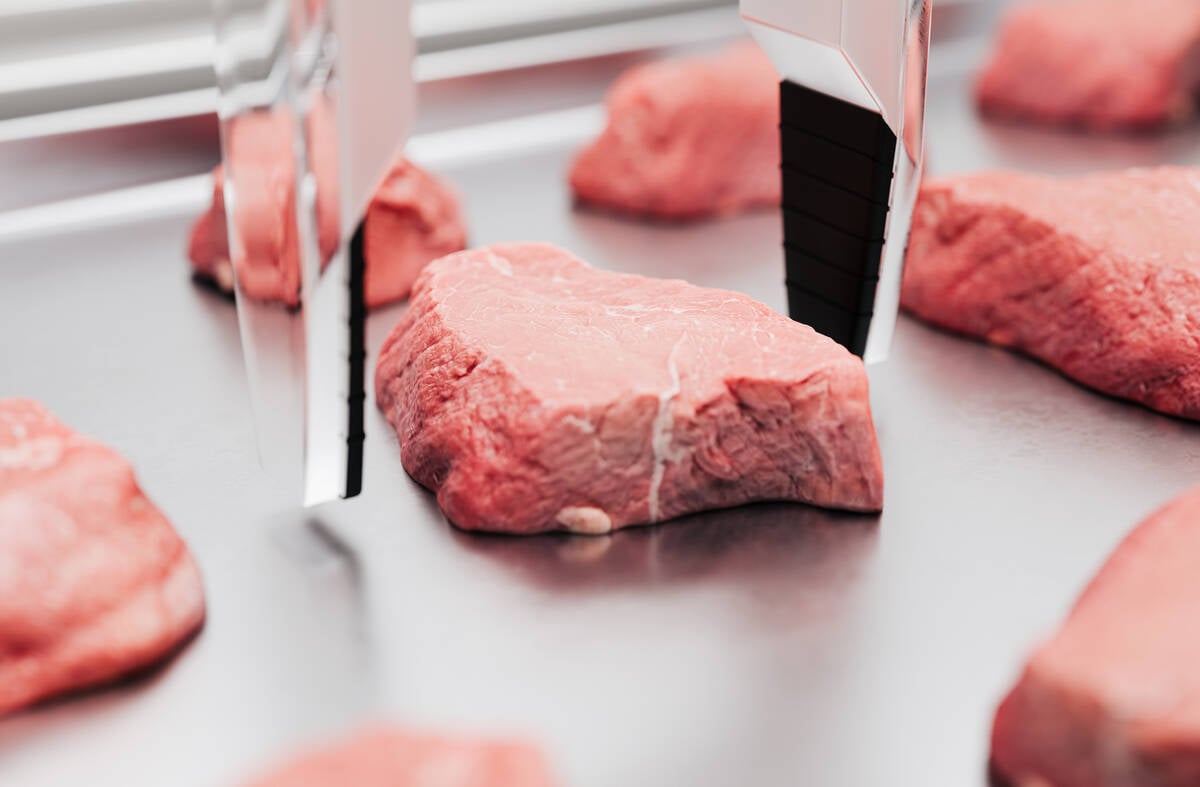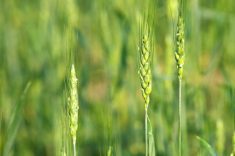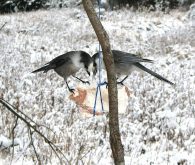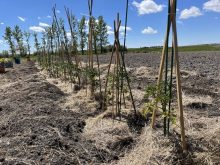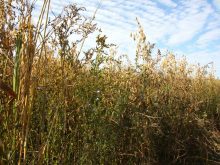The picture on the screen showed what looked to be a red log wrapped in a yellowish substance that was probably fat. The red was marbled with bits of white. It looked like a low-resolution image of a beef ribeye, if beef ribeye came in tube form.
It was an example of 3D-printed meat, highlighted at the Manitoba Sustaintable Protein Research Symposium in early July. 3D-printed meat, as described by Laval University food scientist Alain Doyen, is a mixture of cultivated meat cells and polysaccharides (a form of carbohydrate) layered to resemble meat.
“Ew,” I thought.
Read Also

Protecting the farm from crime
From better lighting to cameras to reporting to police, here are some things farmers can do to reduce their crime risk.
Doyen and other researchers spent a good chunk of the symposium talking about alternative proteins, ranging from milled and fractionated pulses to the esoteric — like proteins made through precision fermentation and blended with other ingredients to masquerade as animal protein products.
I’m no carnivore. I regularly eat beans or plant protein products alongside my meat, eggs and dairy. However, as I looked at the picture of the 3D-printed ribeye, I couldn’t help but think, “is this really necessary?
For some years, science and economics experts have been projecting a growing global demand for protein. In 2021, the United Nations Food and Agriculture Organization (FAO) predicted that global meat demand would increase by 14 per cent by 2030, driven by a growing population and increased incomes.
Export-minded Canadian farmers rightfully see a lot of opportunity in that statistic. However, there are some drawbacks.
“Global demand for protein will come from meat, with an increase of close to 80 per cent of the demand of meat around the world (by 2050),” Doyen said.
He further said that the trend would create much larger demands for land and water for farm use and would greatly increase greenhouse gas emissions.
About 57 per cent of global agriculture-related emissions currently come from the production of animal-based foods, including those associated with livestock feed production, according to a 2021 study from University of Illinois researchers.
Let’s not forget all the manure that 80 per cent more production would produce.
Canadian farmers have become a lot more efficient, producing more meat and animal products from the same amount of inputs and reducing the emissions intensity for each kilogram of meat produced.
Even so, it’s logical that researchers would be concerned about the effects of 80 per cent more meat production.
Personally, I’d rather volunteer to eat more pea protein than eat a 3D-printed steak. I might try a 3D-printed steak — once, out of curiosity. However, I suspect many Canadians would say “over my dead body.”
The average North American eats far more meat than their great-grandparents did. Meat consumption in the U.S. has nearly doubled in the last century, according to a Johns Hopkins University article, and an average American’s meat consumption is more than three times the global average. Based on OECD stats (Organisation for Economic Co-operation and Development), Canada’s consumption just a little lower.
So unless we want to tell everyone else to lay off the pork chops, maybe we need to start printing them?
Pass the beans.


